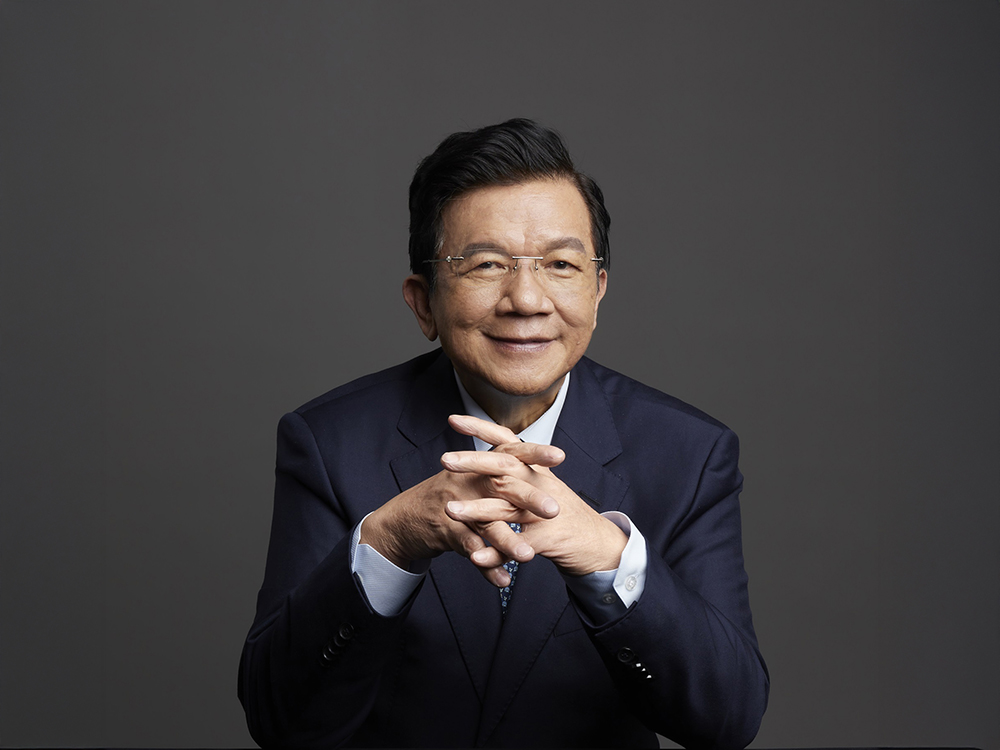Prof. Chih-Kung LEE of the Institute of Applied Mechanics Elected Fellow of the National Academy of Inventors (NAI)
2024/12/18

Prof. Chih-Kung LEE of the Institute of Applied Mechanics at NTU has been honored as a Fellow of the National Academy of Inventors (NAI).
Prof. Chih-Kung LEE of the Institute of Applied Mechanics at National Taiwan University (NTU) was recently elected Fellow of the National Academy of Inventors (NAI). This tile is the highest honor for academic inventors and highlights Prof. LEE's career as both an academician and an inventor. In 2024, NAI elected a total of 170 Fellows from 135 research-intensive universities, government units, and non-profit research organizations from 12 countries around the world, and their professional achievements cover multiple academic fields.
Even when he was still a student, Prof. LEE exhibited extraordinary talents in academic inventions. During his PhD studies at Cornell University in the US, he developed piezoelectric modal sensors and actuators in his dissertation project. This significant innovation was important in the control of flexible structures as it resolved modal spillover, marking a milestone in the field of flexible structure control since 1980. The project also led to a large number of other innovative inventions in Prof. LEE's prolific research career.
In 1987, Prof. LEE joined IBM's Almaden Research Center in the US to engage in research related to magnetic disk drives, and introduced modal sensors into the disk production process to mitigate the effects caused by the non-monotonic interaction between the sensor's signal strength and the depth of interaction between the magnetic head and the disk.
In 1994, Prof. LEE joined the faculty of NTU's Institute of Applied Mechanics, where he co-founded the Nano-Bio-MEMS research group. Since then, he has been dedicated to interdisciplinary research and system integration. The NTU Nano-BioMEMS research group includes faculty members and researchers from universities including NTU, Tamkang University, and National Taiwan Ocean University, and brings together dozens of professors and more than 100 graduate students from various fields such as medicine, chemistry, electrical engineering, engineering mechanics, and applied mechanics. To date, the research group has produced multiple breakthroughs, including the development of technologies such as the Sparkle™ laser holography plate-making machine, the AVID™ laser Doppler interferometer, non-isotropic ultrasonic sensors, and paper horn electret materials. These innovations have successfully been transferred to industry, further promoting industry-academia collaboration and fulfilling the University Social Responsibility (USR) of this world-class research team. In 1998, AVID™ received the Circle of Excellence Award from the prestigious US photonics magazine Photonics Spectra, making it one of the world's 25 most advanced optoelectronic systems of the year. The Sparkle™ technology was transferred to AHEAD Optoelectronics, Inc., and the company was later invited to join the board of the International Hologram Manufacturers Association (IHMA), representing the Asia and Africa regions among the five global board members and amplifying Taiwan's holography industry on the international stage. In collaboration with the Industrial Technology Research Institute (ITRI), the paper horn electret material was showcased in the Paper Horn Forest Tunnel at the 2010 Taipei International Flora Expo Dream Pavilion.
Prof. LEE holds over 100 domestic and international patents and has published more than 480 academic papers. Besides the accomplishments above, he has also received numerous prestigious awards, including the Gold Medal in the 2013 National Invention and Creation Award, the Gold Prize at the 26th World Genius Convention and Education Expo in Tokyo, Japan, and the International Invention Hall of Fame and Lifetime Achievement Award from the Taiwan International Invention Award Winners Association in 2011. He is also a Fellow of the American Society of Mechanical Engineers (ASME) and the Institute of Physics (FInstP) in the UK.